Is an Automatic Transmission Less Fuel Efficient Than a Manual Transmission? Let’s Find Out!
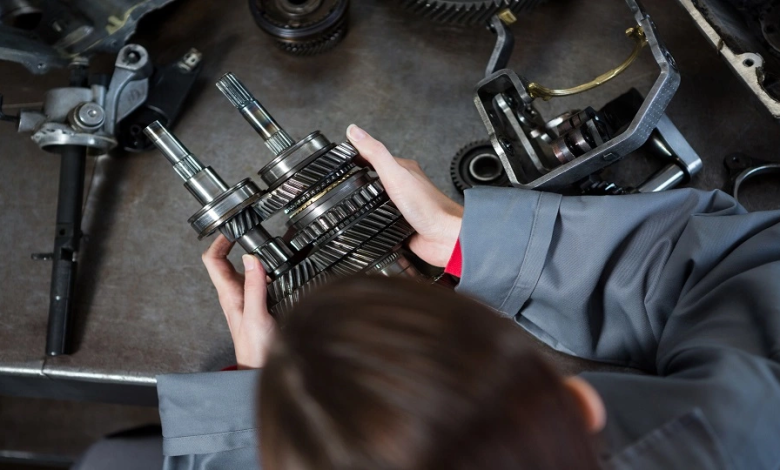
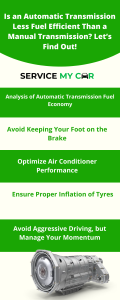
There has been a significant advancement in the space of automobiles in recent years. The introduction of an automatic transmission is one such phenomenon. However, automatic transmission does the work of changing the gears similarly to a manual transmission. But it requires no human intervention when it comes to changing the gears. But, if there is no clutch system, how does an automatic transmission change the gears?
In simple language, a vehicle’s automatic transmission is turned on when you start to drive. There is a device inside the transmission, the torque converter, which supervises the gear-changing process.
The torque converter experiences increased pressure as a result of the engine’s crankshaft rotating more quickly when the accelerator pedal is pressed. It imitates the hydraulic control to manage gears as per the speed.
However, the automatic transmission does favor comfort while driving, but everything has its cost, and in this case, fuel economy is a major concern and a topic of debate.
Analysis of Automatic Transmission Fuel Economy
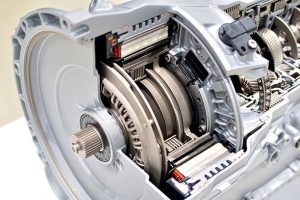
There are reports about the automatic transmission’s fuel economy. Traditionally, an automatic transmission gauged ten percent more expensive as compared to a manual.
It is a matter of concern why an automatic transmission has a higher fuel economy. The answer relies on the technology of automatic transmission itself.
An automatic transmission changes the gears automatically, and it also allows the gears to slip out if there is a stoppage, such as a red light. However, it is not a problem at low speeds, while it hampers the fuel economy at higher speeds. Fuel efficiency also depends on how you drive, because it works best when the engine runs at lower RPMs and the car accelerates as you change gears.
For routine driving situations, it is best to avoid pushing an engine to its redline performance because it is bad for fuel efficiency. In a manual transmission, an experienced driver can easily manage the proper engine RPMs while shifting the gears as needed.
In recent years, opinion about the fuel economy of manual and automatic cars has shifted towards the positive. It means that automatic transmissions are achieving comparable fuel economy as they add more gears and develop.
There is not much of a difference between the two in terms of fuel consumption thanks to recent advancements in automatic transmissions and variations like the “automated manual” that is now available on many modern models.
On automated manual transmissions, clutch operation and gear change are handled by electronic and hydraulic systems, which results in end fuel consumption that is frequently as economical as a purely manual version.
Despite the fact that there are mileage problems with automatic transmissions, people have been keen to buy these advanced vehicles for a number of reasons, and more importantly, comfort. However, there are some guidelines that may impact the fuel economy of an automatic vehicle too.
However, there are some tricks to improving the fuel economy of your vehicle. Let’s have a look if you want to enjoy the comfort of an automatic transmission with the mileage of a manual transmission.
Avoid Keeping Your Foot on the Brake

Many people develop the habit of resting their foot on the brake pedal while driving a vehicle with an automatic transmission. Even the slightest amount of pressure results in an increment in the fuel economy. However, it also put pressure on the engine.
Optimize Air Conditioner Performance

The air conditioner takes a toll on the engine when used continuously and hampers the overall fuel efficiency. A car’s air conditioner is hard to manage on low RPMs while it is easy on high RPMs.
However, you can use your air conditioner wisely so that it can assist you in saving on fuel efficiency. It is worth bringing your vehicle for car Ac repair at Service My Car to rectify any defect when your expectations are high.
Ensure Proper Inflation of Tyres
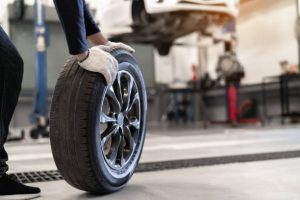
It is quite evident that the tires bear the weight of a vehicle while moving. There is air inside the tyres that facilitates this movement. However, improper inflation always puts the engine under pressure to power the vehicle more than normal. This is a significant factor in managing the fuel economy and also for the health of tires.
Avoid Aggressive Driving, but Manage Your Momentum

Indulging in nonsense racing, accelerating after the red lights, or even fast barking, contributes to increased fuel efficiency. In such a situation, the engine needs to rev up instantly on the verge of a high fuel intake.
Besides, fuel economy is subjected to continuing momentum because a vehicle in motion tends to consume less energy as compared to a stop-and-go. It is worth driving slowly and even continuously for better fuel economy.
Never Skip Maintenance
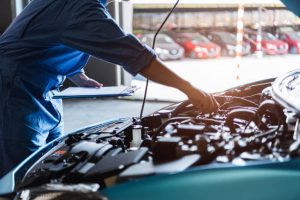
As the owner of your car, you cannot deny the impact of vehicle maintenance. Similarly, a well-maintained transmission, as well as an engine, will assure you better fuel economy. However, you can opt for transmission programming to improvise your vehicle performance and eventually fuel efficiency.
There are enough chances of premature wear and tear as well as a disturbance to fuel efficiency if there is no scheduled car maintenance.
Automatic transmission is popular despite the issues with fuel efficiency. However, the car manufacturers took it seriously and made considerable improvements.
Besides, you can take care of your transmission with the help of Service My Car. Just request a quote for a car repair on our website or app and get it instantly.
If you need any type of service or porsche repair abu dhabi, service my car provides pickup and delivery plus full car service at the nearest repair center.




